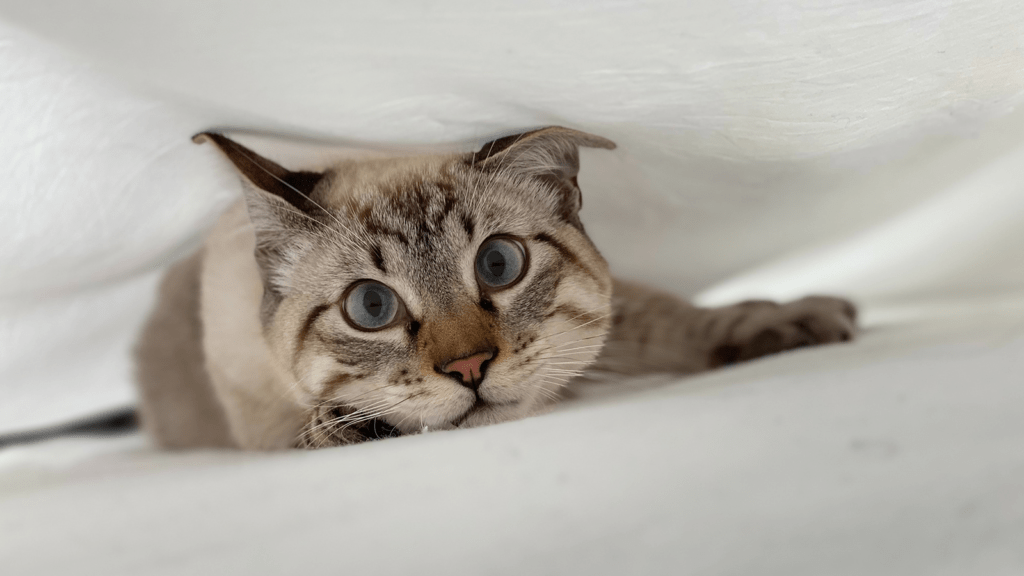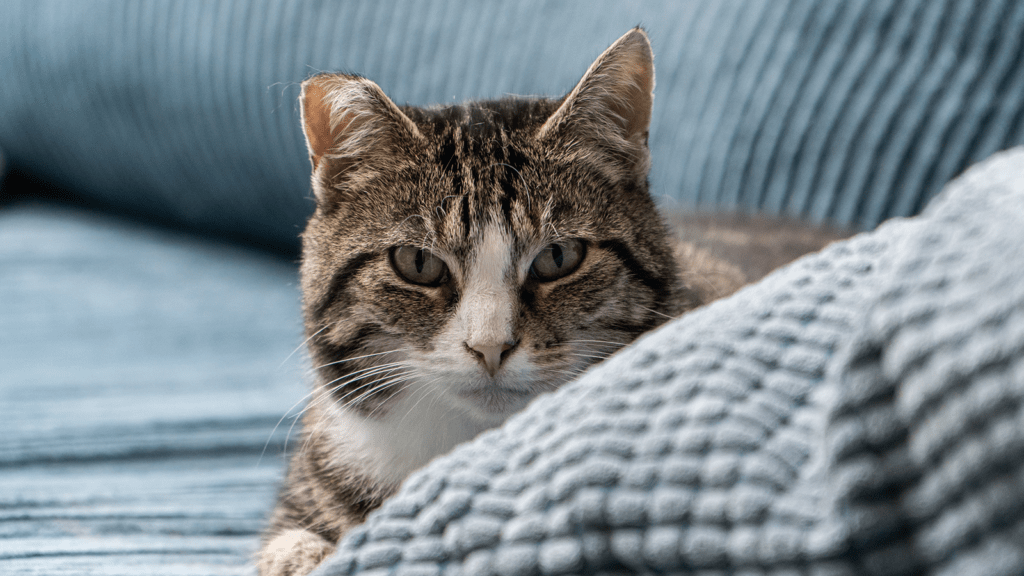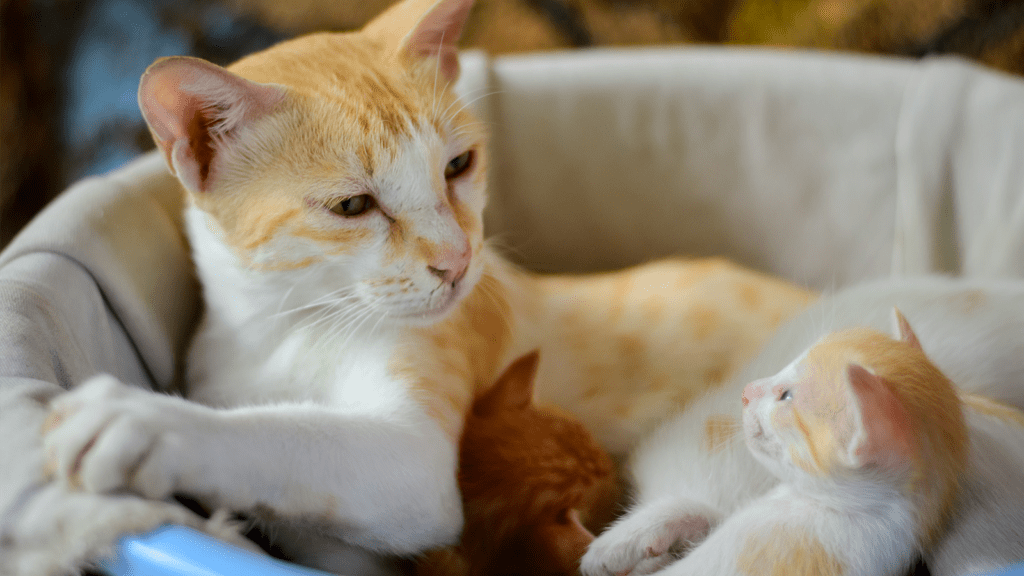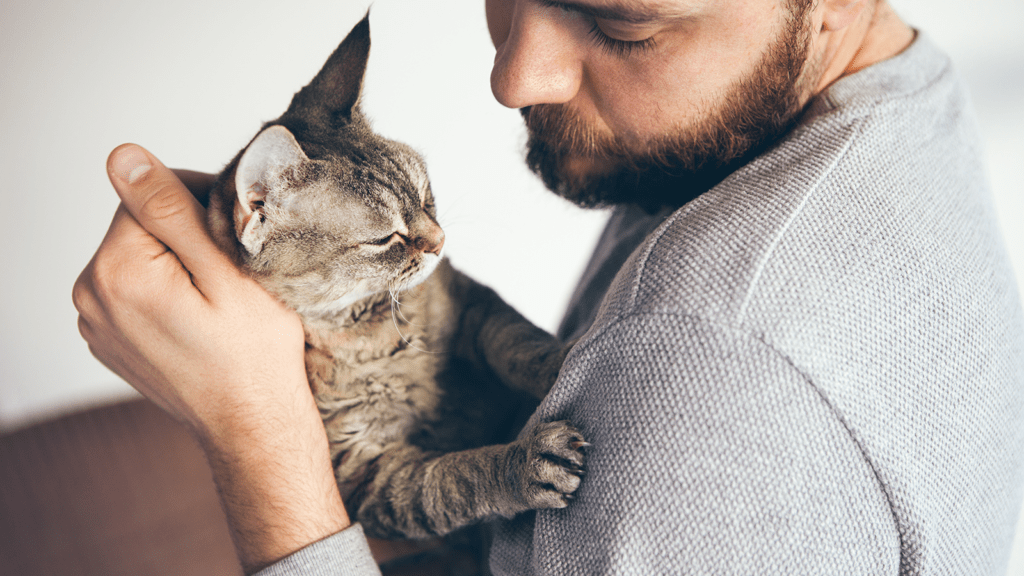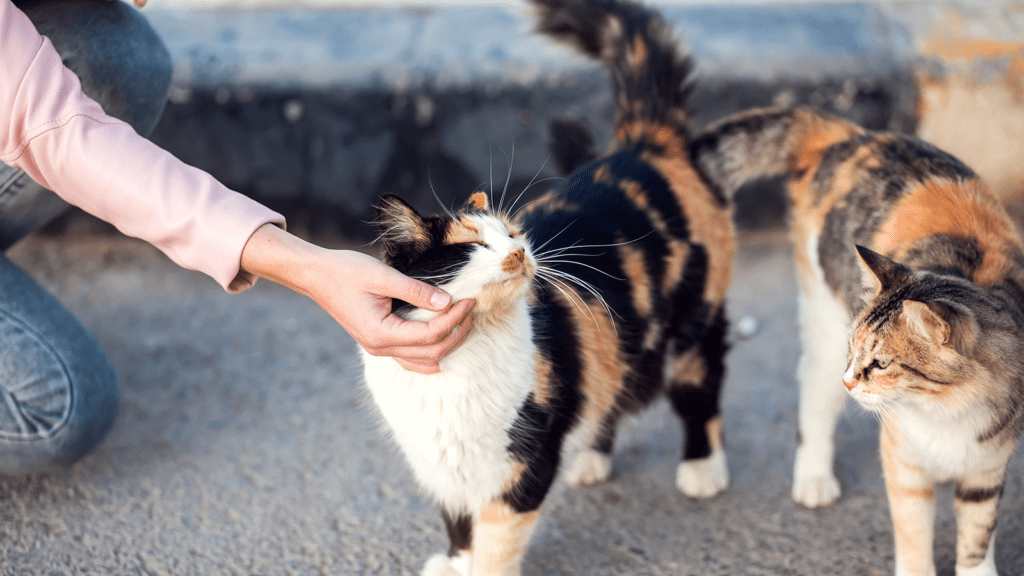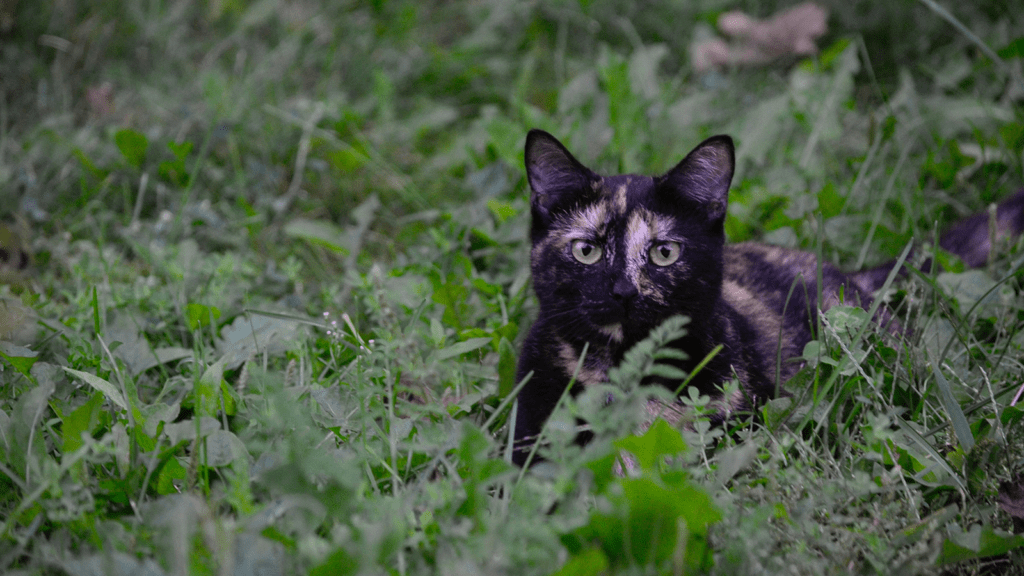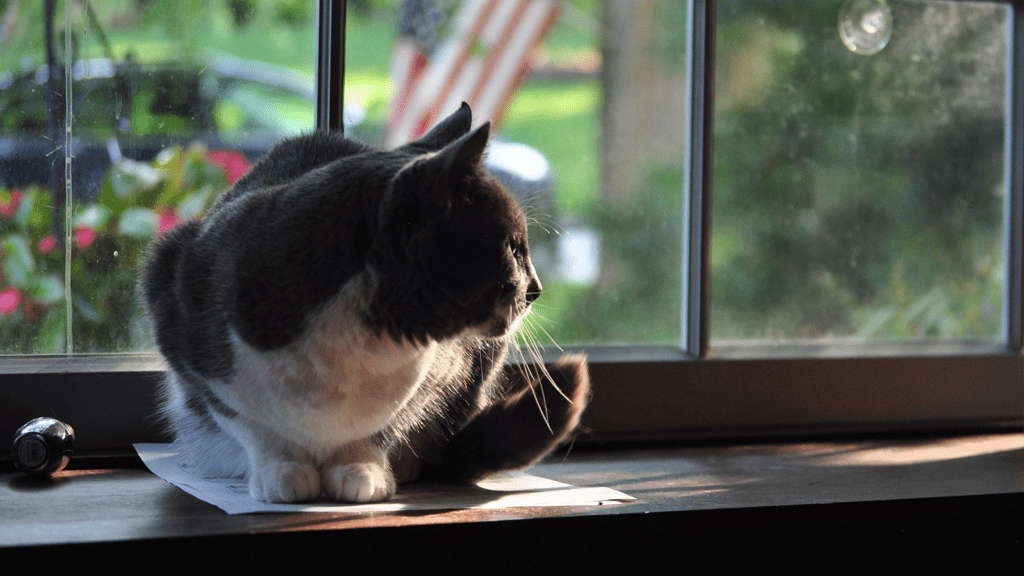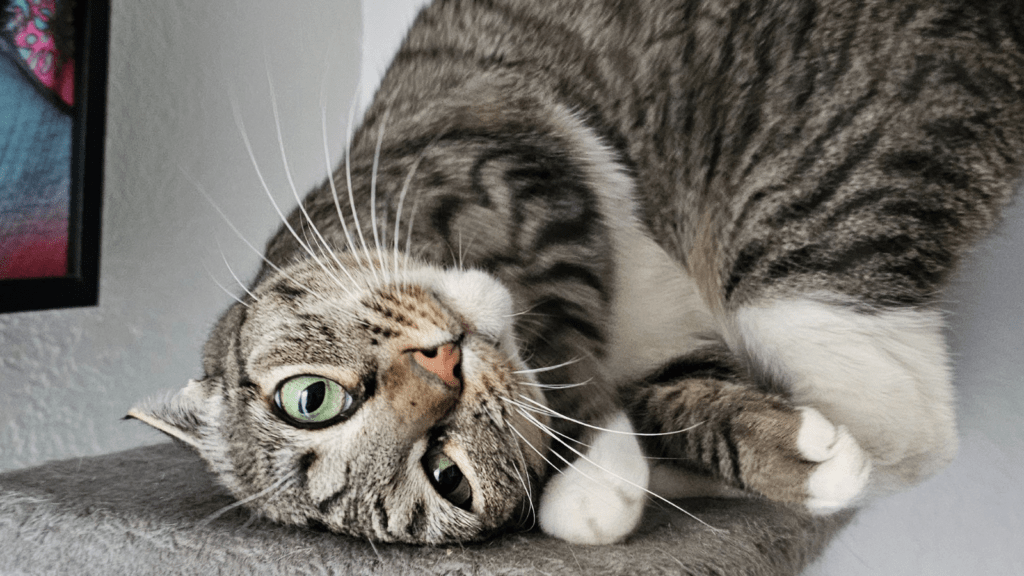Cat Energy
Cat Energy Cats are fascinating creatures known for their playful spirit and agile movements. Their energy levels can vary widely based on age, health, and breed. Typically, felines experience bursts of energy during the dawn and dusk hours, known as the “crepuscular” activity pattern. Cat energy is rooted in their natural instincts as predators when these times would be ideal for hunting in the wild. During these peak activity periods, you might find your furry friend zooming around the house, climbing to the highest points they can reach, or engaging in playful hunting games. As a cat owner, understanding these patterns can help you blend your life with your cat’s ideal lifestyle and provide appropriate play and rest times, ensuring their kitty leads a balanced and happy life. Having a good sense of your animal’s preferences can also help you create a friendly environment that leads to better happiness and peace throughout the house. When Cats Have Energy Cats typically exhibit the highest levels of energy during the early morning and late evening. These periods, closely aligned with dawn and dusk, trigger their innate hunting instincts. It’s not uncommon for cat owners to report playful, even rambunctious behavior during these times. Engaging your cat with interactive toys or a simple string and feather toy can mimic the hunt, providing them with the mental and physical stimulation they crave. Utilizing puzzle feeders or treat-dispensing toys can also be an excellent way to keep their minds active and bodies moving, ensuring they utilize this energy positively and maintain a healthy weight. Of course, sometimes your cat or kitten will simply go crazy on their own without the need for a fun game. It should also be noted that sometimes cats will have negative energy, the same way humans do. Some cats simply get in a bad mood as a result of stress caused by fear, interrupted sleep, and the smell of other animals. Why Does My Cat Have So Much Energy The seemingly boundless energy of cats, particularly at times when the rest of the household is winding down or just starting their day, can often be attributed to their evolutionary background. Unlike humans, who are predominantly active during the day, cats are naturally crepuscular (not nocturnal), meaning they are most active during twilight hours. This crepuscular activity pattern serves a practical evolution-centric purpose, enabling them to hunt at times when their prey is most active, which in a domestic setting translates into playful energy bursts. Additionally, the domestic cat’s lifestyle, with regular meals and fewer survival challenges, means they often have excess energy to burn. Stimulating their natural hunting instincts through interactive play not only helps in expending this energy but also aids in preventing boredom and associated behavioral issues. Ensuring your cat has access to toys that activate their predatory instincts, incorporating climbing structures, and setting aside time for play can make a significant difference in their overall well-being. Low Energy Cat Breeds While some cats display the agility and voracity of their larger, wild counterparts, others take a more laid-back approach to life. These low-energy cat breeds often prefer lounging in the sun to scaling the heights of your bookshelves or dashing through your living room at dawn. Perfect for those seeking a more calm and cuddly friend, these cat breeds excel in providing relaxed companionship without the high-octane antics commonly associated with their more energetic relatives. If you’re looking for a leisurely lap cat, consider one of these lowest-energy cat breeds: These breeds demonstrate that not all cats are bundles of energy. Some prefer the quieter, more contemplative side of life, making them perfect pets for those seeking a more subdued companion. High Energy Cat Breeds In contrast to their less active counterparts, some cat breeds are bundles of boundless energy and curiosity, constantly playing and seeking adventure. These active and spirited kitties are perfect for those who love interactive play and can provide ample stimulation and space for their high-energy antics. If you’re intrigued by the idea of a feline friend who’s always on the move, consider these highest-energy cat breeds: These breeds prove that a high-energy cat can bring a lot of joy, entertainment, and activity to your life, making ideal companions for those who appreciate the lively nature of their feline friends. Cat Zoomies Cat “zoomies,” officially known as Frenetic Random Activity Periods (FRAPs), are a common and amusing behavior observed in many cats, especially those of high-energy breeds or younger kittens. This phenomenon typically involves sudden bursts of energy, during which a cat may dash around the house, leap onto furniture, or even engage in playful attacks with you or other pets. The cause of zoomies is not entirely understood, but it is believed to be a way for cats to release pent-up energy, relieve stress, or express excitement. Witnessing a case of the zoomies can be both entertaining and bewildering for cat owners, but it’s a healthy display of a cat’s agility and vitality. Engaging with your cat through interactive play sessions can help manage their zoomies by channeling their energy into positive and constructive activities. Watch for patterns of when they go zoomie and engage them with toys to help them cope with the extra energy. Conclusion Understanding and appreciating the unique cat energy, such as the magic of zoomies, underscores the joy and excitement they bring into our lives. By recognizing these behaviors as normal and healthy expressions of their crazy nature, pet owners can foster a nurturing environment that caters to both the physical and emotional needs of their cats. In turn, this ensures a happier, more harmonious relationship between cats and their human companions. The bond shared with a playful, energetic cat is not just about care and responsibility. It’s also about sharing moments of joy and amusement that come from their spontaneous antics!

